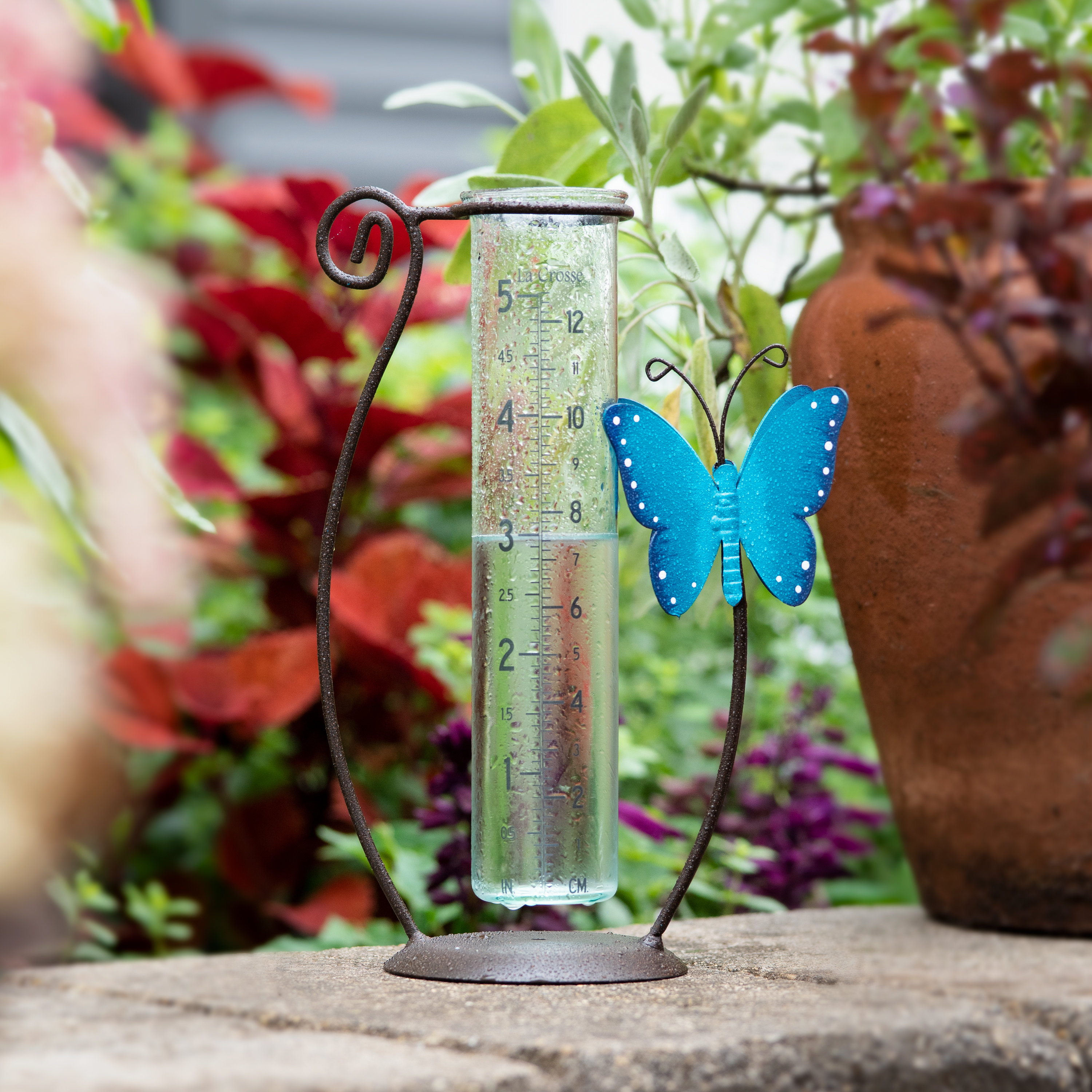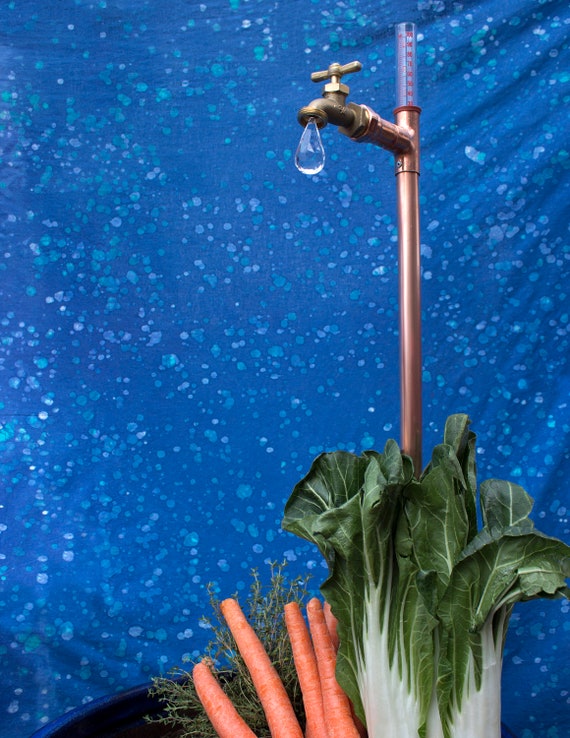Grasping the Science Behind The Rain Gauge: Insights and Innovations Revealed
Grasping the Science Behind The Rain Gauge: Insights and Innovations Revealed
Blog Article
Recognizing Rain Gauge Dimensions: A Complete Guide
Understanding Rain Gauge Dimensions: A Full Overview is a comprehensive source for anyone looking for a deeper understanding of rainfall gauge dimensions. Whether you are an expert in the field or just have an interest regarding rainfall dimension, this guide will furnish you with the understanding needed to efficiently utilize rainfall scale measurements.
The Value of Rain Scale Measurements
The significance of rain scale measurements exists in their duty as a crucial tool for properly examining and keeping track of precipitation levels - The Rain Gauge. Rainfall scale dimensions supply important information that helps hydrologists and meteorologists understand patterns and trends in rainfall, which in turn help in various fields such as farming, water source monitoring, and climate research

Accurate rainfall dimensions are necessary for farming as they assist in identifying watering requirements, crop development, and return forecasts. Farmers depend on this info to make educated decisions concerning when to water their plants, stopping water waste and making certain ideal crop health. Furthermore, rainfall data assists in analyzing the effect of droughts or excessive rainfall on plant production, allowing farmers to take suitable actions to reduce losses.
Water resource administration greatly counts on rainfall scale dimensions to establish the amount of water available in tanks, rivers, and lakes. Accurate measurements allow water supervisors to make informed decisions concerning water allocation and distribution, making certain sustainable usage and stopping scarcities. This info is especially crucial in regions where water deficiency is a pushing issue.
Furthermore, rain scale dimensions play an essential role in climate research study. By accurately gauging rains over extended durations, scientists can analyze long-term climate patterns and determine changes in precipitation patterns due to environment adjustment. This information aids scientists and policymakers develop approaches to adapt to and minimize the effects of environment adjustment.
Kinds of Rainfall Scales
There are numerous kinds of rainfall assesses used to gauge rainfall accurately. Each kind has its very own benefits and constraints, making them suitable for different purposes and settings.
The most typical sort of rain scale is the typical round scale. It is composed of a cylindrical container with a large funnel-shaped top to collect rainwater (The Rain Gauge). The water is after that channelled right into a finished measuring tube, permitting exact dimension of the quantity of rains
One more kind is the evaluating rain scale. This gauge makes use of a sensitive equilibrium to determine the weight of the accumulated rainfall. By converting the weight into quantity, the quantity of precipitation can be determined. Considering rainfall determines are especially valuable in locations with frozen rainfall or heavy rains, as they are not affected by splashing or evaporation.
Tipping bucket rainfall evaluates utilize a device that pointers a little bucket each time it collects a details amount of rainwater. The variety of tips is tape-recorded and used to compute the rainfall. This sort of scale is typically made use of in automated weather condition stations as a result of its reduced maintenance needs and capability to offer real-time information.
Lastly, there are radar-based rain assesses that use radar technology to estimate rainfall. These gauges gauge the strength of rains in a certain area by examining the reflected radar signals. They are specifically helpful for measuring rainfall over large areas or in remote areas.
How Rainfall Scale Measurements Work
Rain gauge dimensions are based on the principle of collecting and gauging the amount of precipitation. These tools are created to record rain and supply a precise measurement of the rainfall in a details area.
The most typical kind of rain gauge is the common cylindrical gauge. It contains a cylindrical container with a broad opening on top to accumulate rain. The collected water is then channelled into a determining tube, which is calibrated to provide the dimension in systems of size, normally inches or millimeters.
Another kind of rainfall scale is the tipping bucket scale. It utilizes a seesaw-like device with 2 containers that tip when they get to a particular weight threshold. Each suggestion of the bucket stands for a certain volume of rains, permitting for specific measurements.
Some innovative rainfall determines are furnished with electronic sensors that instantly record and transmit data. These sensing units use various innovations such as ultrasound or laser to gauge the quantity of rainfall precisely.
Factors Affecting Rainfall Scale Precision
Ecological elements such as wind, temperature level, and atmospheric pressure can dramatically influence the precision of rain scale measurements. Modifications in climatic pressure can also affect the precision of here are the findings rainfall gauge measurements, as they can change the rate at which rainfall is accumulated.
Functional variables, on the various other hand, describe elements associated with the design, setup, and maintenance of the rainfall gauge. The positioning of the rain scale in a location with obstructed air flow or near trees or structures can lead to imprecise readings as a result of clog or splattering of rains. Furthermore, incorrect calibration or irregular upkeep of the rainfall gauge can additionally affect its precision.
To ensure the precision of rainfall scale dimensions, it is necessary to consider these elements and take appropriate procedures. This might include choosing an ideal area for the rainfall gauge, making sure correct installation and maintenance, and routinely calibrating the tool. By attending to these factors, precise and dependable rains dimensions can be acquired, which are important for various applications such as weather projecting, hydrological researches, and agriculture.
Tips for Properly Determining Rain
To make certain specific rainfall dimensions, it is essential to implement specific strategies and strategies when making use of a rain scale. Here are some tips for precisely measuring rainfall:
Appropriate Placement: Position the rainfall scale in an open area, away from trees, buildings, and various other explanation obstructions that may hinder the rains collection. It should be positioned on a degree surface to stay clear of water pooling or overflow.

Check Out the Range Appropriately: When taking measurements, reviewed the water level at eye level from the bottom of the crescent. Prevent parallax errors by aligning your sight straight with the water level.
Consistent Time Period: Set a regular time interval for measuring rainfall, such as every 1 day or after each rainfall occasion. This ensures precise monitoring and contrast of precipitation data.
Document Measurements Immediately: Videotape rainfall measurements asap after collection to stop evaporation or spillage. Make use of a rainfall gauge with an integrated data logging attribute for automatic recording.
Conclusion
In final thought, understanding rainfall scale measurements is crucial for accurately determining rains. It is essential to go to the website think about aspects that can impact the precision of rain scale measurements, such as positioning, evaporation, and wind.
Comprehending Rain Scale Measurements: A Complete Overview is an extensive resource for any individual looking for a much deeper understanding of rain scale measurements. Whether you are an expert in the area or merely have a curiosity about rains dimension, this guide will certainly furnish you with the expertise required to successfully utilize rain gauge dimensions.
The most common type of rainfall scale is the conventional round gauge.The most common type of rain scale is the typical round scale.One more type of rain gauge is the tipping bucket scale.
Report this page